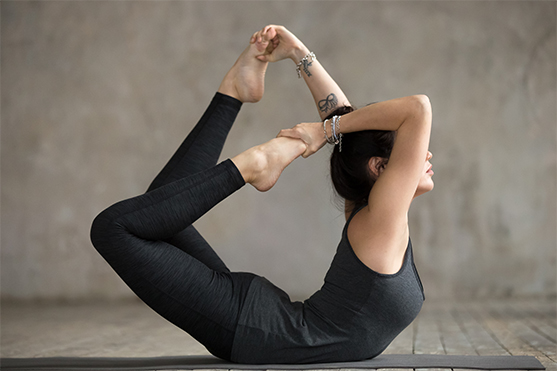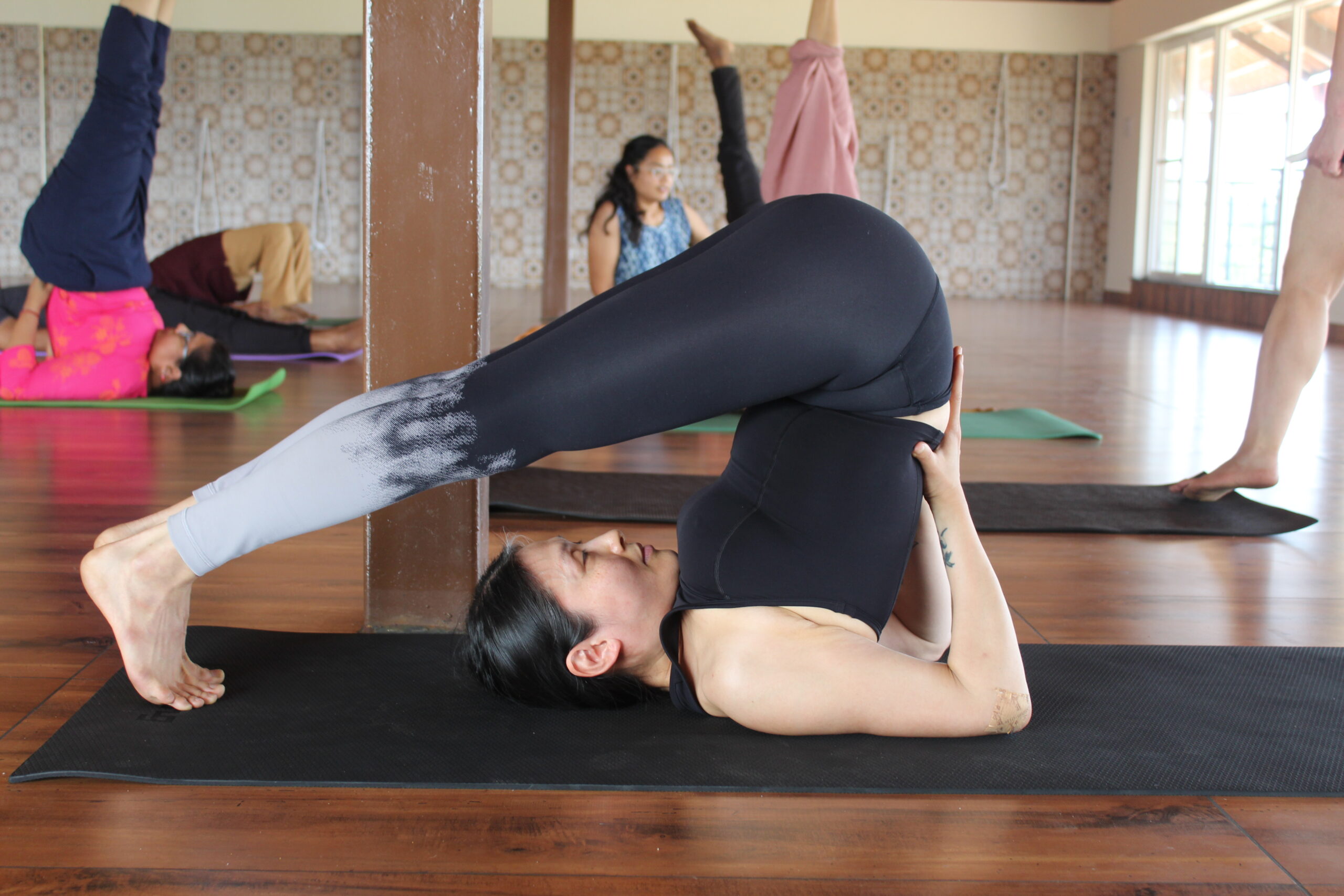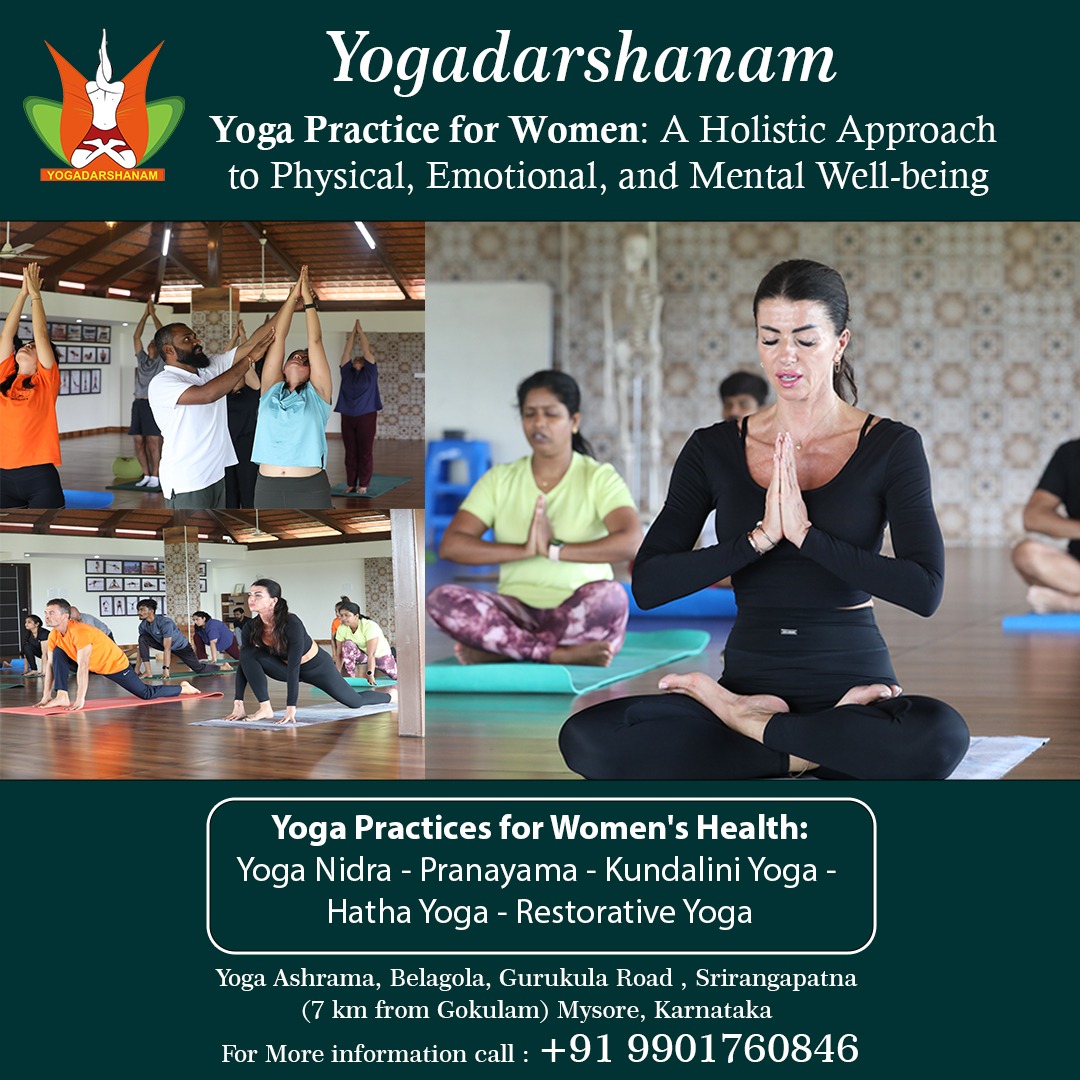Yoga Teacher Training / Ashtanga Yoga — 01/31/2022
Ashtanga Yoga Training in Mysore
Yoga can play a significant role in maintaining digestive health and managing digestive ailments. Regular practice can help:
Mysore is known for being the home of Ashtanga Vinyasa Yoga and has its origins with T. Krishnamacharya – widely regarded as “The Father of Modern Yoga”. Thousands of students travel from all over the world each year to Mysore to study Ashtanga Yoga at its origins.
“Ashta” and “Anga” are two Sanskrit words that make up the word Ashtanga. “Ashta” means “eight,” and “Anga” means “limb” or “body part,” referring to the eight limbs or branches that serve to unite the body, mind, and spirit. These eight limbs represent the various branches of the philosophy of the yoga sutras that form the foundation in the Ashtanga Yoga.

- The first limb is Yama (Moral Codes) – These codes enable us to live in harmony with ourselves and with the rest of the world in our social relationships.
- The second limb is the Niyama (self-purification/study) – expands on his first limb’s ethical norms of conduct, the yamas. Both Niyama and Yama are part of one same ethical system, the union.
- Third limb is Asana (yoga postures) – to create strength and endurance, improving circulation and energy flow.
- Fourth limb is Pranayama (breath control) – is integral while performing Asanas because it teaches the breath control.
- Fifth limb is Pratyahara (sense control) – is a bridge between the first four limbs and internal yoga that explains the withdrawal of the five senses from external objects.
- Sixth limb is Dharana (concentration) – It is a necessary precondition for meditation to be practiced.
- Seventh Limb is Dhyana (meditation) – It induces a deep state of meditation in which no thoughts are allowed.
- Eight limb is Samadhi (oneness with the self) – practitioner is capable of making contact with the Divine Consciousness in the upper strata at this spiritual level.
Ashtanga Yoga is a traditional hatha yoga practise in which the breath is utilised to link movement (vinyasa) across a series of postures to improve body and mind health and energy.
Yogadarshanam can assist students of all physical a capacities in gaining access to the Ashtanga practice through our different led classes as well as in the Mysore Style.
Ashtanga yoga is taught in two styles, led classes and traditional Mysore style class. Led classes are excellent for learning the sequence since the teacher calls out the postures and vinyasas while the students move and breathe in unison. These are intense, high-energy classes that are best suited for advanced students. A Teacher assists and makes alignment changes in Mysore classes. He can also provide you with more individualized training and suggestions on how to enhance your technique.
Ashtanga Vinyasa Yoga is taught as a series of traditional yoga postures that are linked by coordinated breath movement (vinyasa), as well as a specialized breathing technique to warm, energize, and increase focus and concentration (ujjayi pranayama). Throughout the class, a specific drishti, or focal point, is emphasized in each pose to produce a more focused and meditative practice (drishti) and body-locks (bandha) to seal in the prana energy and enhance inner heat for purification, circulation, and toxin elimination.



